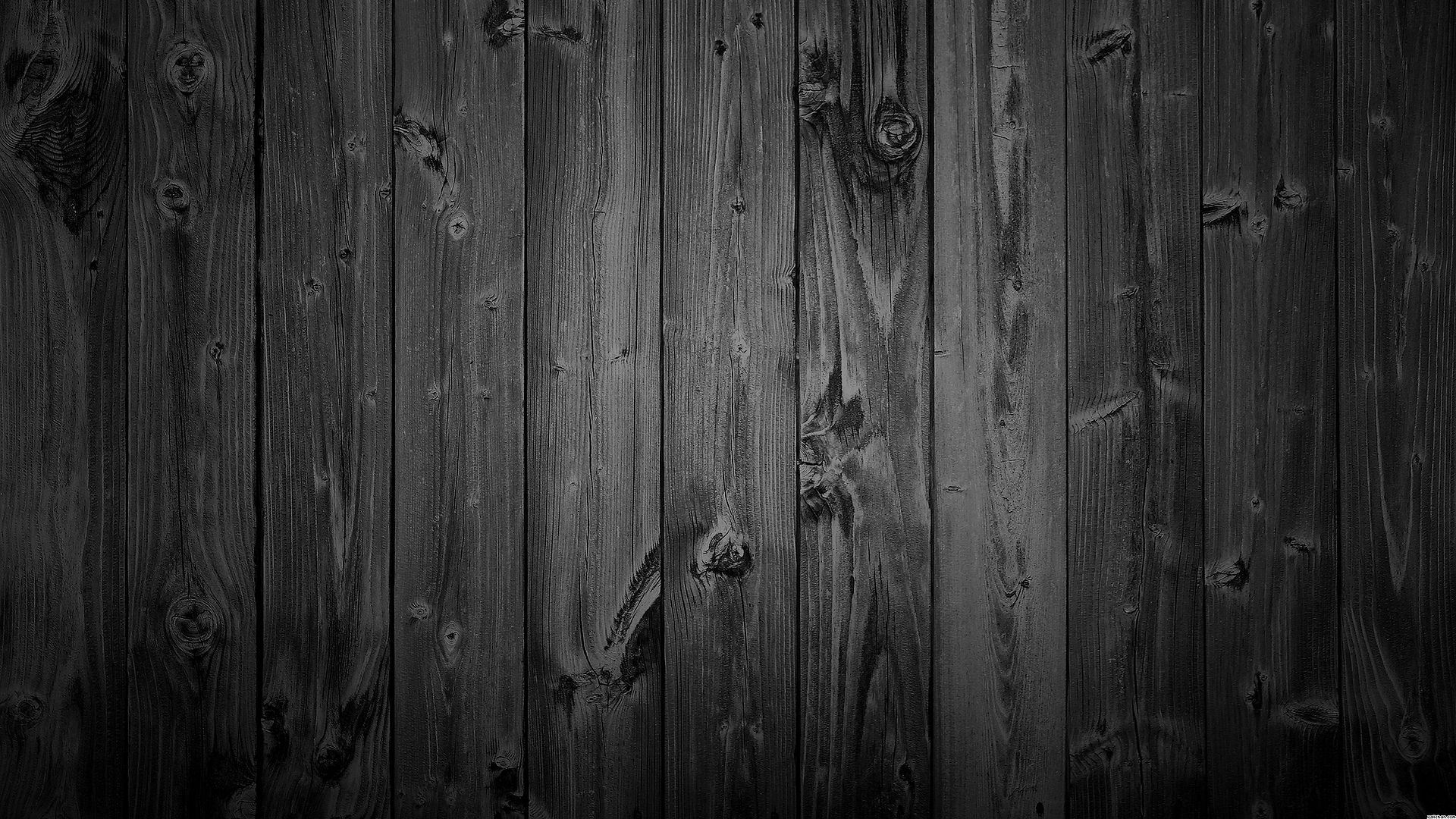
Nuisance Wildlife Removal
Call 417-291-6463
Serving Southwest Missouri
& Southeast Kansas

Raccoon Roundworm

Raccoon Roundworm: (Baylisascaris procyonis)
Raccoon Roundworm is a zoonotic parasite, meaning that humans can catch it from animals. Well-known zoonotic diseases include rabies, transmitted by the bite of an infected mammal, hantavirus, carried by deer mice, and Lyme disease, carried by deer ticks.To the public, zoonotic diseases are a little-recognized hazard posed by animals around us. While deer threaten our vegetation and cats eat our birds, zoonotic diseases head directly for us. And because raccoons are more common in cities and suburbs than in rural areas, they (and their zoonotic diseases) represent some of the more dangerous urban wildlife.
Here in many areas of Southwest Missouri among healthy and wealthy people and their well cared for pets, are large numbers of wild carnivores carrying a parasite that is capable of causing devastating disease in both people and other wildlife species that inhabit the area. It is estimated that between 70 and 82 percent of raccoons in the Midwest are infected, with the highest prevalence in the fall.
The raccoon roundworm, inhabits the small intestine of a raccoon, often in large numbers. The female adult worms shed eggs into the environment, and after a period of time (~2 weeks) larvae develop in the egg and they become infective. If the eggs are eaten at this time by a young raccoon, the larvae go through a brief migration in the intestinal wall and nearby tissues of the raccoon and return to the intestine to mature as adults, completing the cycle. If, however, they are eaten by another animal (including people) they go on a different migration, which takes them to the lungs and into the circulation, from where they are spread around the body of their new host. One of the key features of the behavior of the parasite in these paratenic hosts is their predilection for reaching the brain. In the brain, as they move, they cause significant damage and inflammation, resulting in changes of behavior of the host. In the case of birds and small rodents, this may make them more susceptible to predation by raccoons, facilitating the completion of their life cycle. In the case of people, it causes a rare but devastating neurological disease. Children are stricken more commonly due to their habit of "geophagia" (the exquisite scientific term for eating dirt), and generally cramming stuff in their mouths. Most people don't develop symptoms. But if you eat enough microscopic eggs of B. procyonis, it can be hazardous to your health. In humans the disease is rare enough that it's seldom diagnosed until more common causes of neurological disorder have been ruled out, by which time, severe or fatal neurological damage may have occurred. The nature of the damage depends on where the larvae migrate.
The Life Cycle of Raccoon Roundworm (Baylisascaris procyonis) begins with an infected raccoon defecating. The raccoon's droppings contains millions of microscopic eggs that can remain dormant for years after the droppings have decomposed. If the eggs are then ingested by another animal or person the eggs hatch and infect the new host.
It is a diabolically clever system in order to maximize the chances for the survival and reproduction of the parasite. The eggs are not randomly distributed in the environment, but tend to occur where raccoons have defecated. Raccoons tend to defecate repeatedly and communally in a limited number of locations, referred to as raccoon latrines. These so-called "latrines" are generally on horizontal surfaces, such as downed logs, tree crotches, flat stones, barn lofts or attics. Since each defecation can contain millions of eggs, latrines are focal points for infection. Even after the raccoon manure has rotted away, the eggs may remain -- in moist soil, they stay alive for several years.Aside from recognizing and avoiding latrines, other sensible precautions include washing hands after being outdoors, not keeping raccoons as pets, and disinfecting any latrines in accessible areas, such as barns. Eggs of B. procyonis and other ascarid worms are resistant to disinfectants, but steam or heat from a propane torch cooks them dead.
For more information about Raccoon Roundworm (Baylisascaris procyonis) you can visit the CDC’s page here: http://www.cdc.gov/parasites/baylisascaris